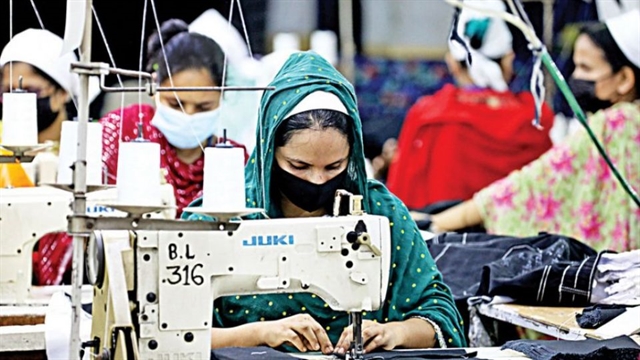

Private museums have become quite an attraction. People enjoy posing for photos beside wax models at a new museum in Ho Chi Minh City. At another private museum, people can learn about traditional medicines.
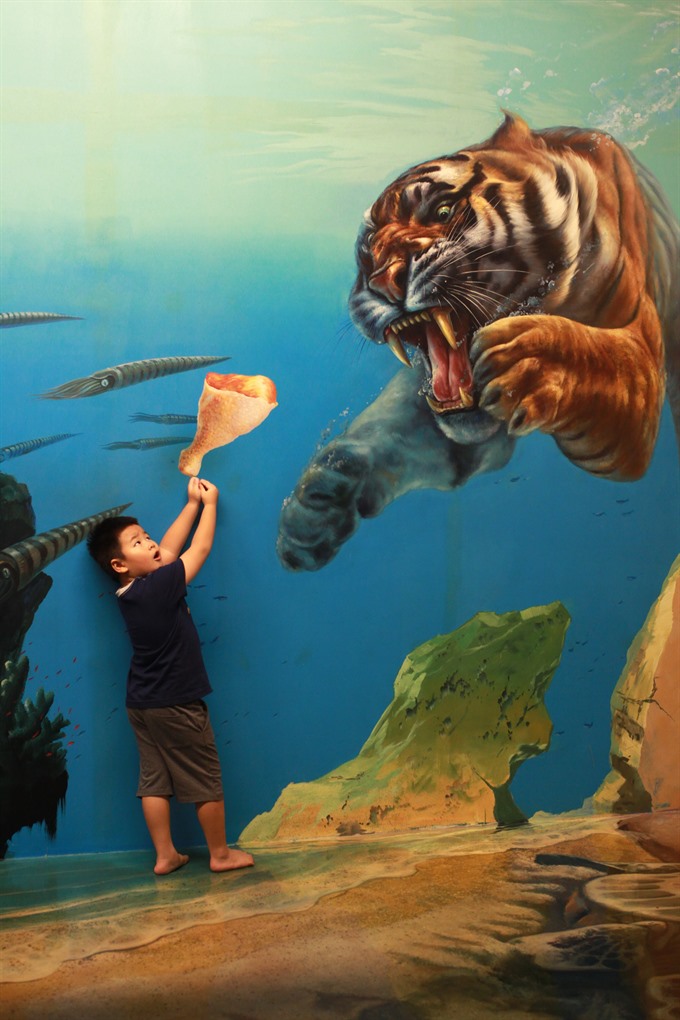 |
| Children love visiting the 3D Artinus Museum at 9 Tân Hưng Street in District 7. It features huge 3D paintings by 15 Korean artists. (Photo by Lê Anh Vũ) |
Private museums have become quite an attraction.
People enjoy posing for photos beside wax models at a new museum in Ho Chi Minh City.
The museum is known as Madame Tussauds Việt Nam.
At another private museum, people can learn about traditional medicines.
by Thu Anh
Private museums in HCM City have changed their ways of doing business and are pulling more audiences away from theatres and cinemas.
Visitors to HCM City, for example, enjoy posing for photos at the Wax Museum of Vietnamese Artists, known informally as Madame Tussauds Việt Nam, a new tourist destination which opened last year.
The museum features more than 100 life-size wax models of artists working in theatre, film and music.
Southerners, particularly older visitors, appreciate the wax models of famous artists in cải lương (reformed opera), a genre of southern traditional theatre, such as People’s Artist Đinh Bằng Phi, and People’s Artist Huỳnh Nga, who are recognised as gurus of the art.
Children love posing with wax models of comic artists Thành Lộc and Đại Nghĩa, both of whom have staged more than 200 plays and theatre shows aimed at young audiences.
Students visit the museum to research photographs, pictures and documents about Vietnamese theatre and music, and artists of different generations, such as late music producer and cultural researcher Trần Văn Khê and late composers Văn Cao and Bắc Sơn.
“The Vietnamese Wax Model Company invested more than VNĐ35 billion (US$1.5 million) to build the museum. We plan to add more models,” said Nguyễn Thị Diệu, the museum’s director.
Diệu, who is one of the museum’s investors, said the museum had worked with tourist agencies to organise new tours aimed at visitors in southern provinces.
“We will offer traditional music performances to meet market demand,” she said.
Traditional medicine
The FITO Museum of Vietnamese Traditional Medicine in District 10 of 3,000 objects used by herbalists in traditional Vietnamese medicine date back to the Stone Age, including equipment and materials.
The 600sq.m museum includes 18 rooms, with some displaying ancient objects such as wooden and stone root slicers invented more than 2,000 years ago.
Featured items are a 2,000-year-old boat-shaped mortar used to grind herbs and plants and iron and bronze water pots of the 13th and 16th centuries from the northern province of Phú Thọ used by members of Việt Nam’s royal families.
The museum also houses rare medical books, including some authored by Hải Thượng Lãn Ông, a famous herbalist who developed traditional medicine in the 18th century.
The museum also allows guests to mix and sample their own remedies, under guidance.
“Việt Nam has lost some of its knowledge about traditional medicine and old documents kept by herbalists are increasingly hard to find,” said cultural researcher Lê Khắc Tâm, owner of the traditional medicine company FITO Pharma Corporation, an investor in the museum.
Tâm has spent 20 years traversing the country and visiting other countries to collect medicinal materials, books, documents, artefacts and interesting tales on anything related to Vietnamese traditional medicine.
Tâm said the museum has cooperated with other museums in HCM City to host exhibitions on Vietnamese traditional medicine.
One of the city’s favourite entertainment centres for young people is the Contemporary Arts Centre in District 2. The centre includes different showcases featuring paintings, sculpture, performance art and installations.
Workshops, seminars and forums on contemporary art hosted by young Vietnamese and foreign artists are featured.
It organised exhibitions for young artists such as Nguyễn Thúy Hằng, Lê Thanh Tùng and Cao Hoàng Long.
The centre also has small libraries and coffee shops containing books and magazines on art, music, dance and theatre.
A popular site for children is the 3D Artinus Museum at 9 Tân Hưng Street in District 7.
The museum is located on 4,000 square metres featuring many huge 3D paintings by 15 South Korean artists.
It features nine subjects like the Jungle, Ocean, Love, Fairy Tale and Love. All of the images contain sound and light effects.
“My friends and I love visiting 3D Artinus because it offers a wonderful world,” said Nguyễn Thúy An, a third-grade student at Nguyễn Bỉnh Khiêm Primary School. VNS
GLOSSARY
Private museums in HCM City have changed their ways of doing business and are pulling more audiences away from theatres and cinemas.
Audiences are groups of people who watch performances.
Visitors to HCM City, for example, enjoy posing for photos at the Wax Museum of Vietnamese Artists, known informally as Madame Tussauds Việt Nam, a new tourist destination which opened last year.
To pose for a photo means to put yourself in a special position for the photo rather than being relaxed.
Informally means casually.
Southerners, particularly older visitors, appreciate the wax models of famous artists in cải lương (reformed opera), a genre of southern traditional theatre, such as People’s Artist Đinh Bằng Phi, and People’s Artist Huỳnh Nga, who are recognised as gurus of the art.
To appreciate something means to understand its value.
Reformed means changed.
A genre of theatre is a type of theatre.
To be recognised to be a guru means to be given the status of being an expert.
Students visit the museum to research photographs, pictures and documents about Vietnamese theatre and music, and artists of different generations, such as late music producer and cultural researcher Trần Văn Khê and late composers Văn Cao and Bắc Sơn.
You and your brothers and sisters are one generation; your children and their children are another generation. Then your parents are another and their parents yet another and so on.
When someone is described as being “late”, they have died.
Diệu, who is one of the museum’s investors, said the museum had worked with tourist agencies to organise new tours aimed at visitors in southern provinces.
Investors are people who pay money into a project in the hope of making more money from that project.
The FITO Museum of Vietnamese Traditional Medicine in District 10 of 3,000 objects used by herbalists in traditional Vietnamese medicine date back to the Stone Age, including equipment and materials.
Herbalists are people who deal in plants that act as medicines.
The 600sq.m museum includes 18 rooms, with some displaying ancient objects such as wooden and stone root slicers invented more than 2,000 years ago.
To invent something means to have an idea of making a new type of tool or device and then making it before anyone else does so.
Featured items are a 2,000-year-old boat-shaped mortar used to grind herbs and plants and iron and bronze water pots of the 13th and 16th centuries from the northern province of Phú Thọ used by members of Việt Nam’s royal families.
A mortar is a tool used to crush herbs and other things to make paste that can be used as medicines.
The museum also allows guests to mix and sample their own remedies, under guidance.
A remedy is a medicine that fixes a health problem.
Guidance is advice.
Tâm has spent 20 years traversing the country and visiting other countries to collect medicinal materials, books, documents, artefacts and interesting tales on anything related to Vietnamese traditional medicine.
Traversing means travelling across something. In this case it is across the country.
Related means “to do with”.
Tâm said the museum has cooperated with other museums in HCM City to host exhibitions on Vietnamese traditional medicine.
Exhibitions are displays.
Workshops, seminars and forums on contemporary art hosted by young Vietnamese and foreign artists are featured.
Workshops are practical teaching sessions.
Seminars are big meetings.
Forums are places where people get together to exchange ideas.
Contemporary means to do with the present times.
WORKSHEET
Find words that mean the following in the Word Search:
n | e | w | s | p | a | p | e | r | q | l | z |
t | t | y | i | b | m | d | b | t | x | p | l |
w | r | c | h | n | c | c | r | p | h | l | j |
e | p | o | l | i | t | a | o | s | b | a | m |
n | n | g | b | n | t | r | n | s | v | s | o |
t | w | d | f | r | c | t | z | y | x | t | v |
y | t | h | o | b | u | i | e | i | r | i | v |
y | g | m | t | b | h | s | o | h | u | c | s |
b | o | y | k | g | l | t | r | s | e | h | b |
c | e | s | d | i | r | e | c | t | o | r | k |
© Duncan Guy/Learn the News/ Viet Nam News 2018
1. Mortar; 2. Bronze; 3. Artist; 4. Director; 5. Twenty.


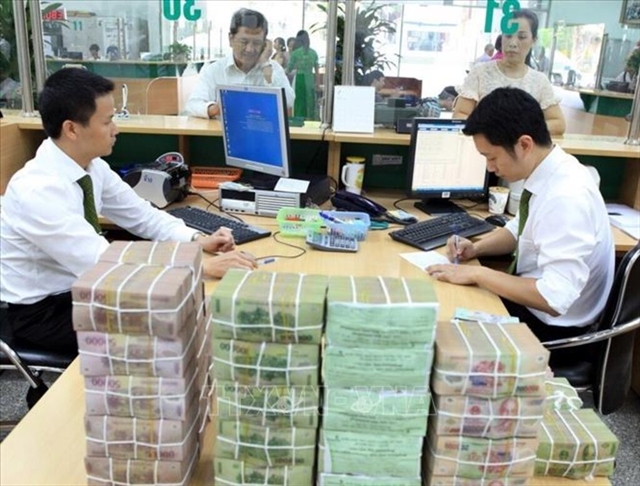


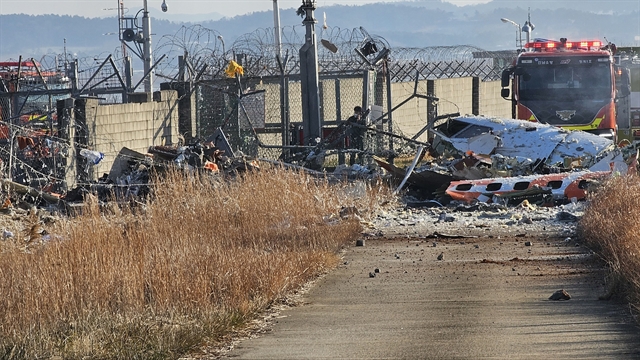
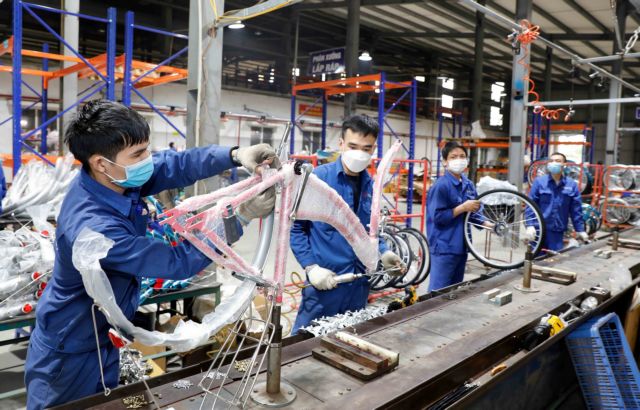
.jpg)

